Cast Iron Plant
- October 20, 2023
- 0 comment
The Cast Iron Plant, scientifically known as Aspidistra elatior, is a hardy and versatile evergreen plant that has long been cherished for its resilience and low-maintenance nature. Native to the lush woodlands of Japan and Taiwan, this plant is well-suited to both indoor and outdoor environments, making it a popular choice for gardeners and houseplant enthusiasts alike.
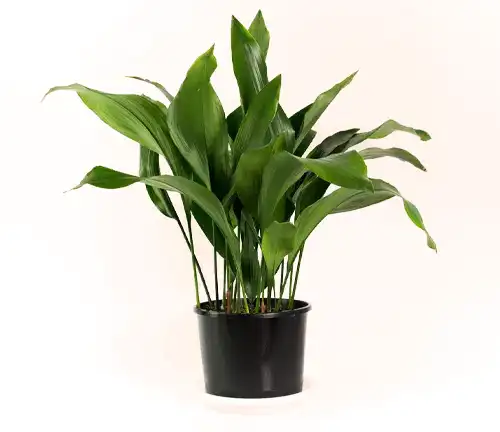
With its dark green, glossy, lance-shaped leaves that can grow up to two feet in length, the Cast Iron Plant adds a touch of elegance to any setting.
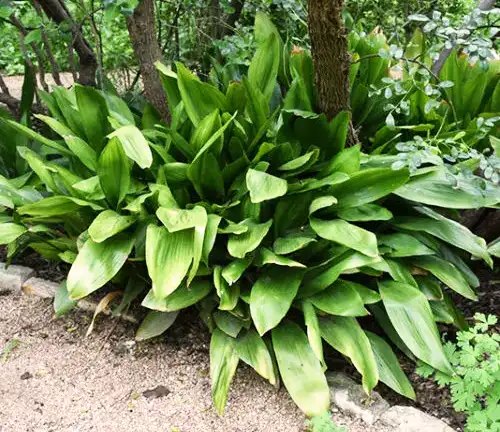
What truly sets this plant apart is its remarkable ability to thrive in low-light conditions and endure neglect, earning it its “cast iron” moniker. Whether placed in dim corners of a room or used as a ground cover in shaded garden areas, the Cast Iron Plant’s resilience and adaptability make it an excellent choice for those seeking a fuss-free and attractive green companion
| Characteristics | Description |
| Scientific Name | Aspidistra elatior |
| Common Names | Cast Iron Plant, Bar Room Plant, Ballroom Plant |
| Family | Asparagaceae |
| Native Region | Japan, Taiwan |
| Foliage | Dark green, glossy, lance-shaped leaves |
| Leaf Length | Up to 2 feet (60 cm) |
| Light Requirements | Low to moderate indirect light, can tolerate low-light conditions |
| Watering | Allow the soil to dry out between watering, prefers slightly moist but not soggy soil |
| Temperature Range | 45°F to 85°F (7°C to 29°C) |
| Hardiness Zones | 7-11 (USDA hardiness zones) |
| Mature Height | Up to 2-3 feet (60-90 cm) |
| Growth Rate | Slow |
| Propagation | Division of rhizomes |
| Maintenance | Low maintenance, virtually indestructible |
| Uses | Indoor houseplant, outdoor ground cover in shaded areas |
| Toxicity | Non-toxic to humans and pets |
| Special Features | Excellent air-purifying qualities |
| Distinguishing Feature | Resilience in low-light and neglectful conditions |
Botanical Beauty of “Cast Iron Plant”
The Cast Iron Plant, known scientifically as Aspidistra elatior, is a botanical wonder that graces our homes and gardens with its enduring beauty. This sturdy evergreen, native to the lush woodlands of Japan and Taiwan, captivates enthusiasts with its glossy, dark green, lance-shaped leaves. These leaves can grow up to an impressive two feet in length, adding a touch of elegance to any environment. While it might not boast vibrant, showy flowers, its robust foliage is a testament to the understated beauty that lies within this resilient plant.
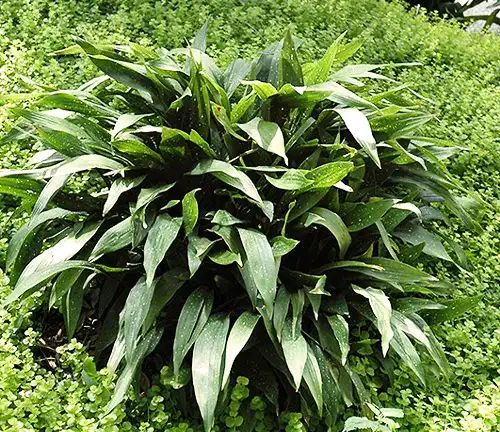
Woodland Elegance
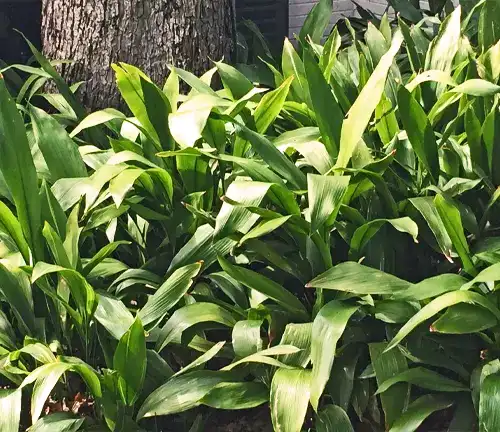
In its native habitat, the Cast Iron Plant thrives in the shaded undergrowth of wooded areas, which contributes to its enduring allure. The plant’s adaptability to low-light conditions and its unassuming, yet striking leaves make it a perfect fit for both indoor and outdoor spaces. Its quiet elegance allows it to blend seamlessly into any setting, providing a backdrop of sophistication without demanding the spotlight.
Ecological Importance
Beyond its ornamental appeal, the Cast Iron Plant plays a vital role in the ecosystem. In its natural environment, it provides habitat and shelter for various wildlife. The plant’s thick foliage offers refuge to small creatures and contributes to the overall biodiversity of its habitat. As we cultivate and appreciate the Cast Iron Plant, we should also recognize its ecological significance.
Cultivation and Conservation
While the Cast Iron Plant is celebrated for its hardiness and resilience, it’s important to note that some of its native populations are at risk due to habitat destruction. In cultivation, however, it flourishes with ease, making it an ideal choice for gardeners looking to preserve this species. Efforts to conserve this unique plant in its natural habitat are also crucial for maintaining its genetic diversity and ecological balance.
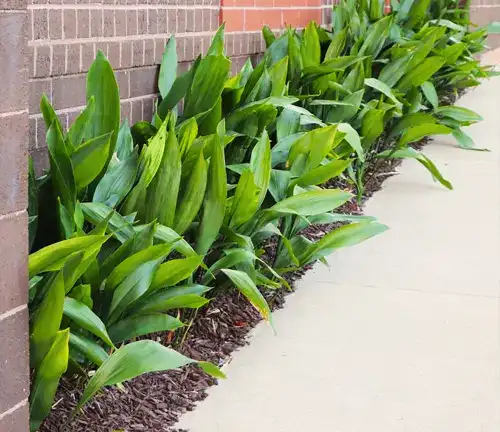
Fragrance
One intriguing aspect of the Cast Iron Plant is its absence of fragrance. In a world of flowers that often captivate with their sweet scents, this plant stands out by remaining unobtrusively odorless. Its beauty relies solely on its lush green leaves, a testament to nature’s diverse array of botanical marvels.
Soil Stabilization

The Cast Iron Plant is not only an aesthetic gem but also a functional one. Its extensive root system aids in soil stabilization, preventing erosion in its native wooded habitats. In cultivation, it can be used as ground cover, serving a similar purpose by protecting soil from erosion while enhancing the visual appeal of the landscape.
Common Uses
Whether placed as a potted houseplant in dim corners or used as an outdoor ground cover in shaded garden areas, the Cast Iron Plant has a range of practical uses. Its ability to thrive in low-light conditions and endure neglect makes it a popular choice for both indoor and outdoor landscaping.

Benefits
Aside from its aesthetic and ecological advantages, the Cast Iron Plant offers practical benefits. It’s known for its air-purifying qualities, making it an excellent choice for improving indoor air quality. Additionally, its low-maintenance nature means that it’s an ideal choice for those seeking greenery without the hassle.
Different Species

Aspidistra elatior
‘Variegata’
This cultivar features leaves with creamy white or yellow stripes, creating a variegated appearance. It adds a unique touch to the classic dark green foliage of the Cast Iron Plant.
Aspidistra elatior
‘Milky Way’
‘Milky Way’ is another variegated cultivar, known for its white speckles on the leaves, resembling stars in the night sky.
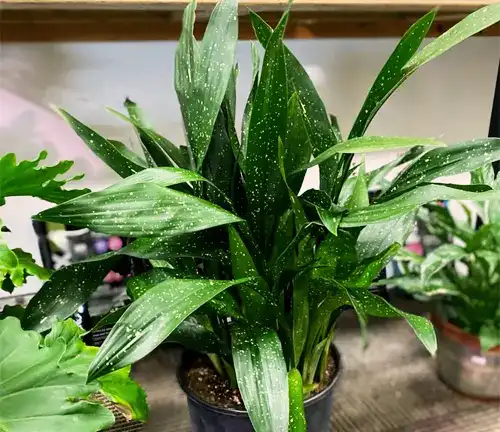
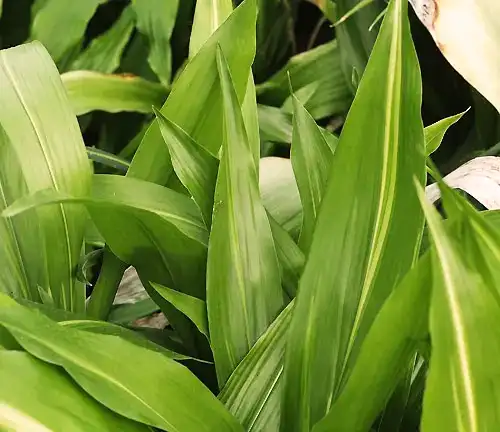
Aspidistra elatior
‘Lennon’s Song’
This cultivar has distinctive light green streaks on its dark green leaves, creating an eye-catching and slightly different appearance.
Aspidistra elatior
‘Ginga’
‘Ginga’ is a Japanese cultivar, known for its creamy white stripes running along the length of the leaves.

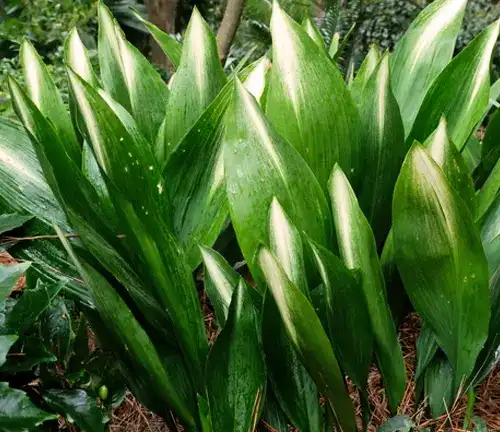
Aspidistra elatior
‘Asahi’
‘Asahi’ is another Japanese cultivar with attractive yellow streaks on its leaves.
Frequently Asked Questions (FAQs)
1. What is a Cast Iron Plant?
The Cast Iron Plant, scientifically known as Aspidistra elatior, is an evergreen plant prized for its resilience and adaptability. It’s native to Japan and Taiwan and is known for its glossy, dark green leaves.
2. How do I care for a Cast Iron Plant indoors?
Keep it in low to moderate indirect light, water when the soil dries out slightly, and maintain a temperature range of 45°F to 85°F (7°C to 29°C). The Cast Iron Plant thrives in low-light conditions.
3. Can I grow a Cast Iron Plant outdoors?
Yes, it can be grown outdoors, especially in shaded or woodland areas. It’s an excellent ground cover for gardens with limited sunlight.
4. Is the Cast Iron Plant toxic to pets or humans?
No, the Cast Iron Plant is non-toxic to both pets and humans, making it a safe choice for homes with animals or small children.
5. What are some common problems with Cast Iron Plants?
Common issues include overwatering (leading to root rot), spider mites, and occasionally mealybugs. Proper care and regular inspection can help prevent these problems.
6. How fast does the Cast Iron Plant grow?
The Cast Iron Plant has a slow growth rate. It may take several years to reach its mature height, which can be up to 2-3 feet (60-90 cm).
7. Can I propagate the Cast Iron Plant?
Yes, you can propagate the Cast Iron Plant through division. Divide the rhizomes and replant them in a new container or location to create new plants.
8. Does the Cast Iron Plant produce flowers?
Yes, it can produce small, inconspicuous flowers close to the soil. However, it’s primarily cultivated for its attractive foliage rather than its flowers.
9. What are the benefits of having a Cast Iron Plant indoors?
Cast Iron Plants are excellent air purifiers and can help improve indoor air quality. They are also very low-maintenance and can thrive in low-light conditions.
10. Is the Cast Iron Plant endangered in the wild?
While some populations are at risk due to habitat destruction, it is not considered endangered as a species. Conservation efforts are in place to protect its natural habitat.






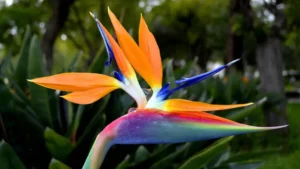

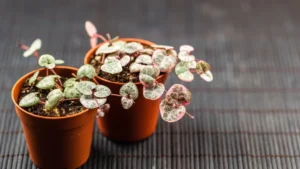
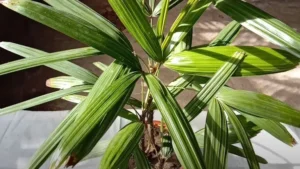

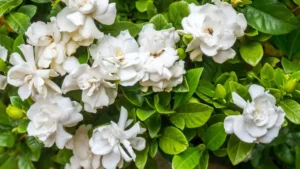
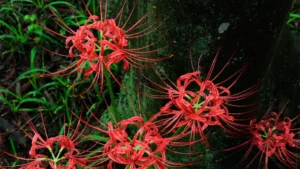
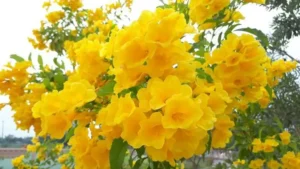
Leave your comment